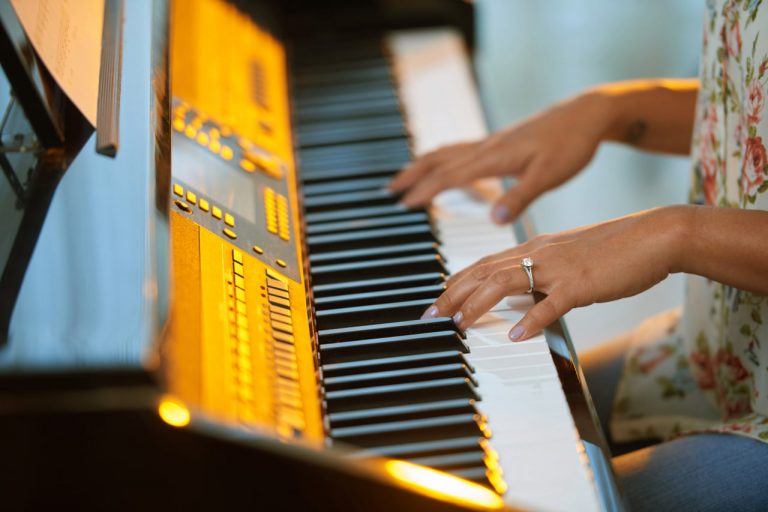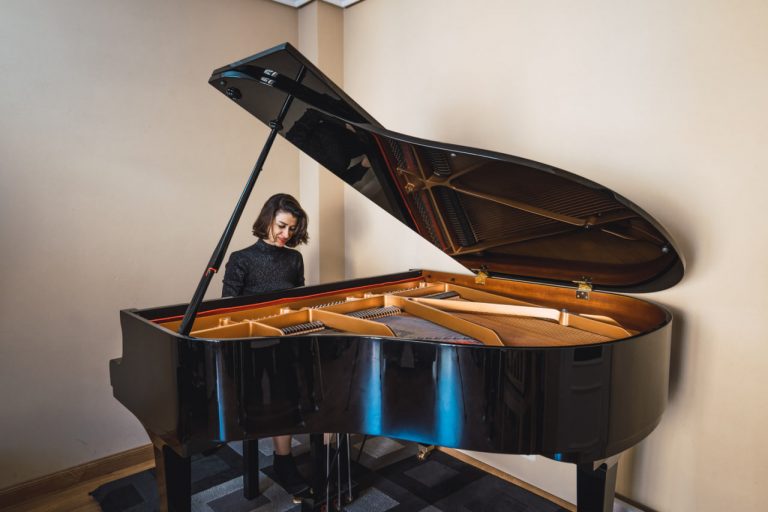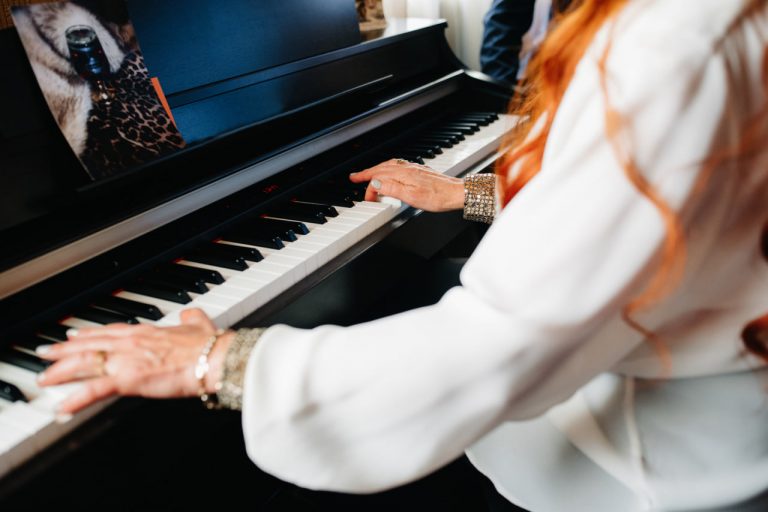Piano playing is often described as both a science and an art. On one side, there’s technique—finger strength, posture, timing, coordination, precision. On the other, there’s emotion—the feeling, expression, and personal connection that turns notes into music. Mastering one without the other can lead to either cold perfection or uncontrolled chaos. True musicianship comes from balancing both, allowing the player not only to execute the piece correctly but to bring it to life in a way that moves the listener.
Why Technique Matters
Technique is the foundation upon which expressive piano playing is built. Without the proper control over your fingers, wrists, and arms, it becomes nearly impossible to play even the most emotionally rich piece the way it’s meant to sound. Good technique helps you play with accuracy, dynamics, and consistency. It also prevents injury and builds stamina, which is especially important for longer or more demanding compositions.
Basic exercises like scales, arpeggios, and Hanon drills might not sound exciting, but they develop the muscle memory needed for advanced music. Learning to place your hands correctly, distribute weight, and maintain relaxed posture allows you to focus less on “how” to play and more on “what” you want to express. In this way, technique actually frees your emotional expression rather than restrains it.
The Role of Emotion in Performance
While technique provides the structure, emotion brings depth. Listeners may appreciate a perfectly executed performance, but they truly connect with one that feels alive. Emotion in piano playing is what makes a Chopin nocturne feel melancholic, a Beethoven sonata feel triumphant, or a simple lullaby feel deeply comforting.
Emotional expression isn’t about exaggeration or drama; it’s about intention. A slight hesitation before a note, a gentle touch on a phrase, or a swelling crescendo can all convey feelings words can’t. The same piece played by two pianists can sound completely different, depending on the personal stories, feelings, and ideas they bring to the interpretation.
Emotionally expressive playing requires vulnerability. It means being present in the music and allowing yourself to be moved by it. This kind of authenticity often resonates more than flawless execution ever could.
When Too Much Technique Becomes a Trap
Some students, especially those classically trained, can fall into the trap of prioritizing technique to the point where their playing becomes rigid. They may hit every note with accuracy and follow dynamics precisely but lack soul in their sound. Music becomes mechanical rather than meaningful.
This is especially common in competitive or exam-focused environments where students are judged more on correctness than artistry. Over time, this approach can dull the joy of playing and disconnect the pianist from the emotional power of music. Perfection becomes the goal, and music becomes a task rather than an outlet.
When Emotion Overpowers Control
On the opposite end, some players focus so heavily on feeling and expression that their technique suffers. They rush tempos, blur notes, or misplay rhythms in the name of passion. While their performances may seem dramatic, the lack of control can confuse listeners and obscure the actual content of the piece.
Emotion without technical foundation is often short-lived. The inability to articulate musical ideas clearly can lead to frustration, especially when the pianist knows what they want to express but lacks the tools to do so effectively. Passion alone is not enough—like any art form, expression requires structure.
Finding the Balance
The ideal is not to choose between technique and emotion but to integrate them. Begin by developing strong technical habits through regular, focused practice. Work on tone control, articulation, dynamics, and phrasing. As your hands learn the mechanics, invite emotion into the process.
Use mental imagery and storytelling to connect with a piece emotionally. Ask yourself what the music is trying to say. Experiment with phrasing and dynamics to find what feels authentic to you. Record yourself often—not just to catch mistakes, but to evaluate how your performance feels as a whole.
Teachers can play a crucial role in helping students balance the two. A good teacher will challenge you to perfect your technique while also encouraging you to explore your own musical voice. They will help you refine the smallest detail without stripping away your individuality.
Listening as a Tool for Balance
One of the most effective ways to understand the balance between technique and emotion is to listen to great pianists. Pay attention to how they phrase melodies, use silence, and build intensity. Notice how their technical mastery enables emotional freedom. Listening with intention helps train your ear to recognize both precision and expression.
Don’t only listen to world-famous virtuosos—listen to recordings of students, teachers, and performers at different stages. This broad exposure helps you recognize what’s missing in overly mechanical playing, and what goes wrong when expression isn’t supported by control.
Your Voice at the Piano
Ultimately, the goal is not just to play like your teacher or favorite pianist but to develop your own voice at the piano. This voice is formed by your life experience, taste in music, practice habits, and personality. Technique and emotion are not opposing forces but partners in helping you speak musically and communicate something real.




